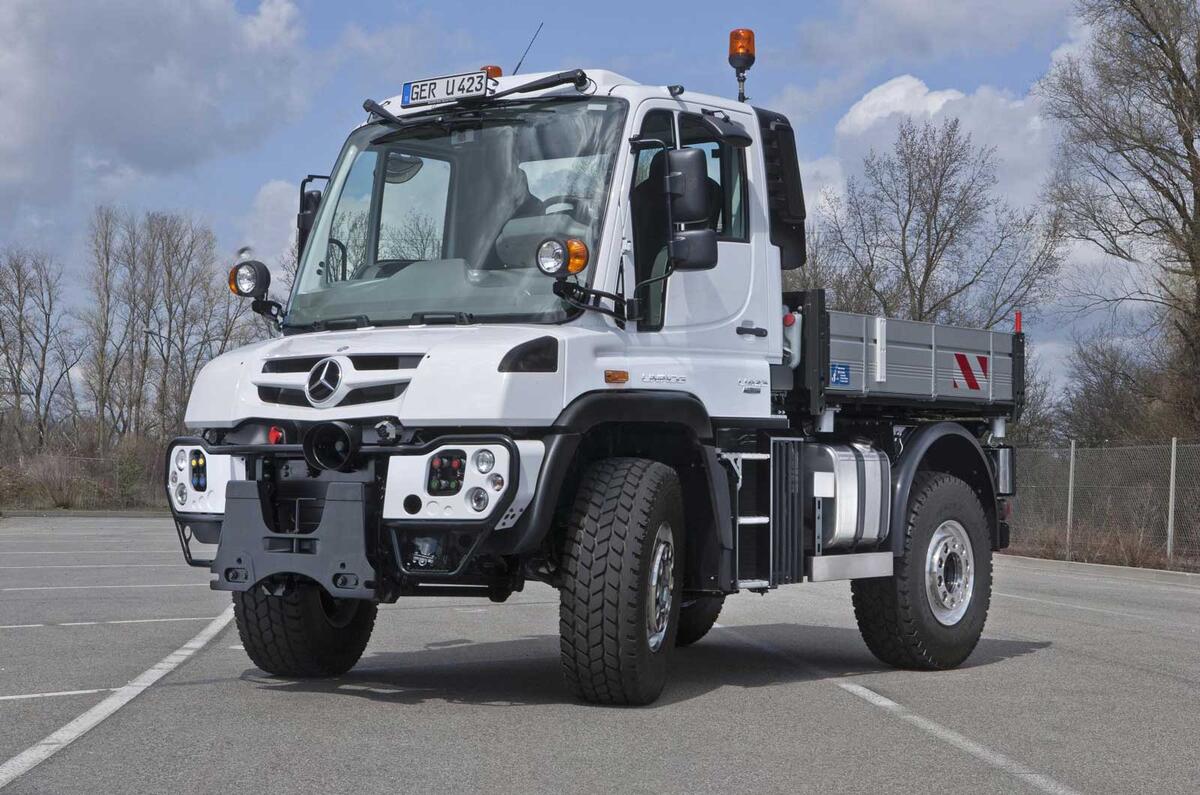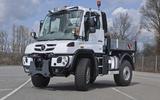The first Mercedes-Benz Unimog, a bodyless prototype called Unimog Prototype 1, rumbled into life 70 years ago on 9 October 1946.
Remarkably, that original post-war development model still serves as a template for new Unimogs that are produced today, and while back then it represented a recovering Germany, today the model illustrates the strength of the world’s leading automotive nation.
Since that defining prototype run, 400,000 Unimogs – or Universally Applicable Motorised Machines - have been built, with more than 30 different versions being used for essential transportation of goods, food and industrial products in every far-flung corner of the world.
The car’s then innovative four-wheel drive system featured front and rear differential locks, as it does today, enabling the Unimog to transport products through the toughest of terrains and be used in jungles, mountains and deserts in roles including military vehicles.
Some countries have also provided their fire fighters with Unimogs, and off-road competitions like the Dakar Rally have featured several.

Of course, you’d be hard pressed to describe a Unimog as luxurious, and even harder pressed to describe one as pretty, but its rugged, work-focused look has become synonymous with reliability and dependability.














Join the debate
Add your comment
Proper
Pretty much unbeatable...
BUT... Only because the Pinzgauer would cost an arm and a leg
sales